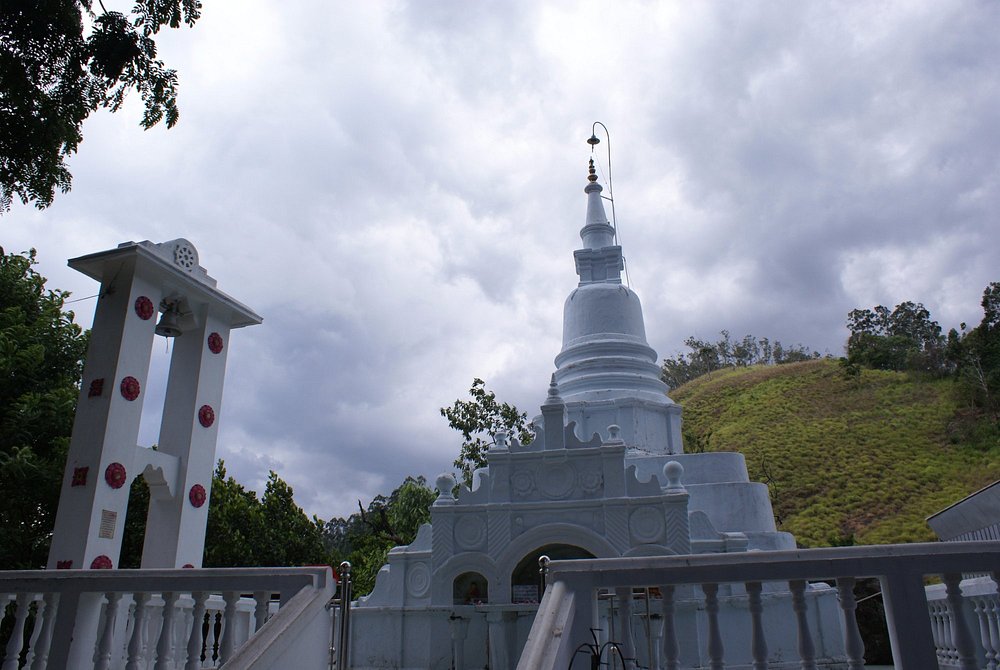Located near the town of Badulla in Sri Lanka’s Uva Province, the Dhowa Rock Temple is a remarkable historical and cultural site. Known for its ancient unfinished Buddha statue, which is carved directly into the rock face, this temple offers visitors a fascinating glimpse into Sri Lanka’s rich Buddhist heritage.
Unique Features of the Temple
The Dhowa Rock Temple is particularly famous for its towering Buddha statue, which, despite being unfinished, remains an awe-inspiring sight. The statue, carved into a massive granite rock, stands at approximately 12 meters tall and is believed to date back to the 2nd century BCE. Its unfinished state adds a sense of mystery to the temple, leaving visitors curious about the original plans for its completion.
What Makes It Special
- Historical Significance: The temple is an important religious site, reflecting the artistic and architectural ingenuity of ancient Sri Lankan Buddhists.
- Ancient Carvings: In addition to the main Buddha statue, the temple complex also features intricate rock carvings of deities and scenes from Buddhist mythology, offering insight into the religious practices of the time.
- Peaceful Setting: The temple is situated in a serene and tranquil environment, surrounded by lush greenery and the sounds of nature, making it a peaceful place for reflection and meditation.
Tips for Visitors
- Best Time to Visit: The temple is best visited during the early morning or late afternoon to avoid the midday heat and enjoy the cooler weather.
- Respect the Site: As it is an active religious site, visitors should dress modestly and behave respectfully.
- Photography: Be sure to bring a camera to capture the beauty and grandeur of the statue and the surrounding natural landscape.
Plan Your Visit
The Dhowa Rock Temple offers a unique opportunity to explore Sri Lanka's ancient Buddhist culture and artistry. Whether you're a history enthusiast, a religious traveler, or simply seeking a quiet escape, this temple provides a memorable experience in a peaceful, historical setting.



